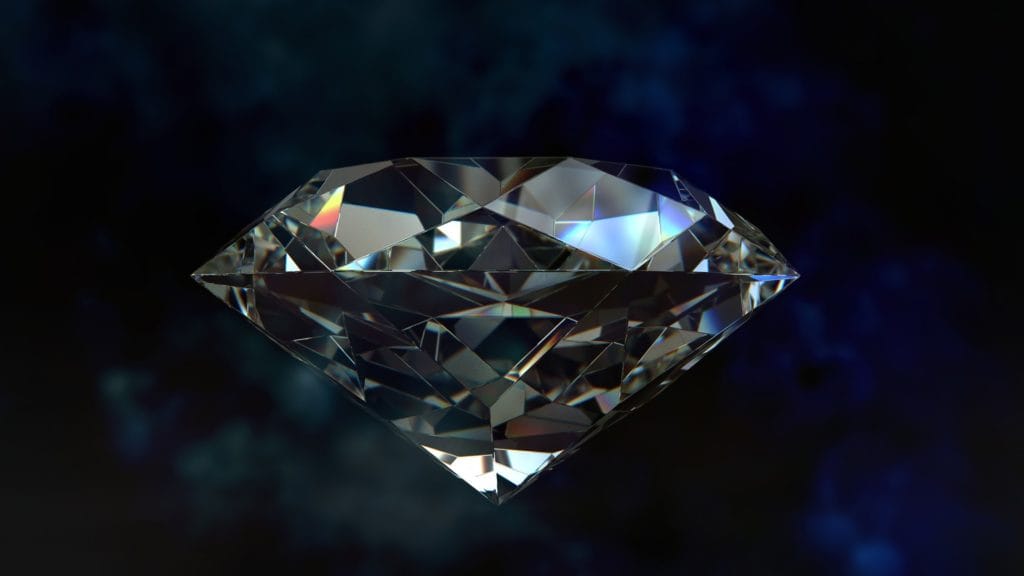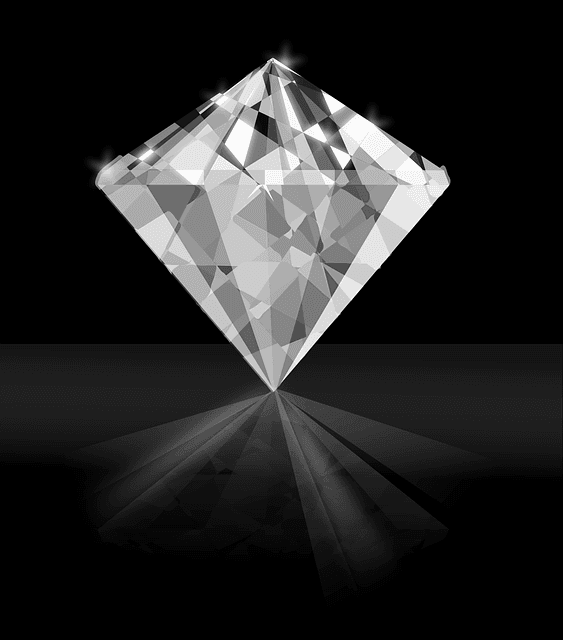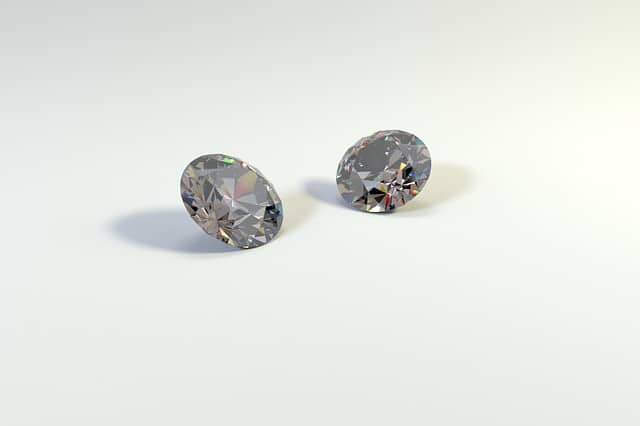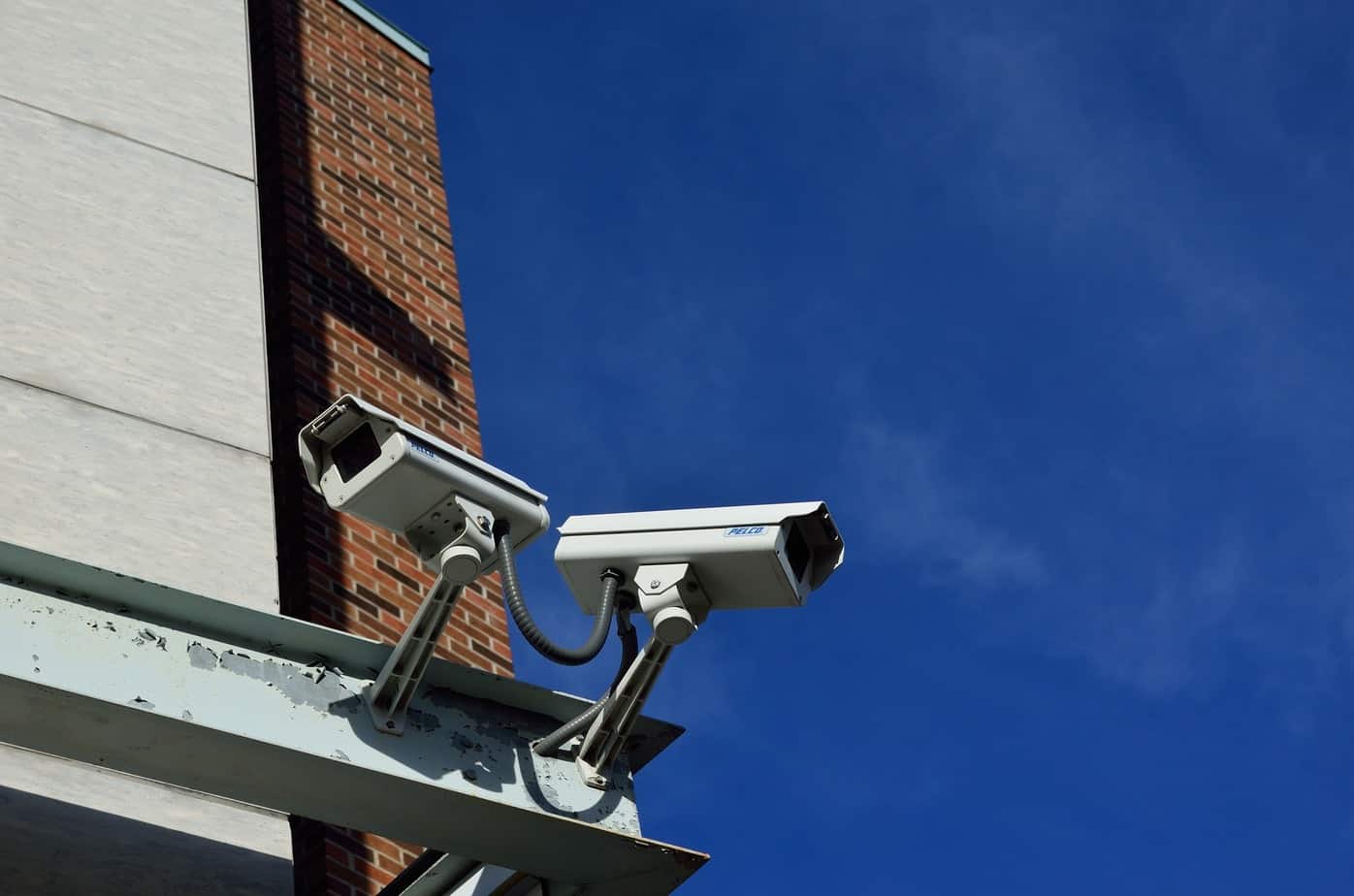Diamond carat weight is the unit of measurement used to describe how much a diamond weighs. It is one-of The Diamond 4C's (color, clarity, cut, carat). Diamond carat weight is unrelated to the similar-sounding karat, which typically refers to the purity of gold. Carat weight is also often used interchangeably with diamond size, though they actually describe different characteristics. While carat weight isn't a measure of a diamond’s size, but its weight, it's a consistent indicator of how large the diamond will appear, when viewed from the top. Today, a metric carat is equal to exactly 200 milligrams (0.2 grams). This is roughly the-weight of a paper clip.
A diamond is a symbol of permanence and eternity since it's a strong, durable stone. There are so many different uses for diamonds from aerospace to optics and thermal. Now when it comes to healthcare and some other industries most of the diamonds that they are using are synthetic. If you go to they give a much more in depth look at how diamonds are used for each industry. A one carat diamond is one of the "magic sizes", others being half-carat, three-quarter carat, etc. Fewer than one in one-million mined rough stones are large enough to produce a finished 1-carat diamond. Perhaps it would be important to first consider why there are so many people who want a 1 carat diamond. And even though diamonds come in all sizes and shapes, the majority of them don’t weigh a nice round carat conveniently. So what is the big appeal? There is something satisfyingly 'complete’ regarding a one carat diamond compared to, say a 0.85 carat diamond.

Weights for diamonds weighing under one carat are usually stated in points. Each carat can-be sub-divided into 100 'points.’ This system allows measurements to a high precision of a hundredth decimal place. Jewelers may describe the-weight of diamonds below 1-carat by its points’ alone. A diamond weighing one-quarter of a carat can be described as weighing 25-points or 0.25 carats or 25-pointer or 1/4 carat. Points aren't generally used to describe weights over 1 carat. Diamond weights over a carat are usually expressed in carats-and-decimals. For example, a 1.03 carat-stone would be-described as "one oh three," or "one point oh three carats."
When it comes to- purchasing an engagement ring, a 1-carat diamond is the benchmark size most-people will shop for. You may refer to this diamond buying guide for an in-depth information on the topic. It is important to know that the value of a diamond can be determined using all of-the 4Cs, and not just carat-weight. All-else being equal, the price of diamond increases exponentially with carat weight. This is because larger diamonds (1 ct or larger) are rarer & more desirable. However, 2 diamonds of equal carat-weight can have quite different prices (and values) depending on 3-other factors of diamond 4Cs: Color, Clarity, and Cut.

A typical one carat round brilliant-cut diamond, measures between 6.3mm to 6.5mm in-diameter. By comparison, a 1.20-carat diamond will typically measure around 6.75mm in-diameter. The small difference often results in a-noticeable difference between both these diamond sizes. A second stone slightly over the "magic" 1 carat diamond weight can give it as-much as a 20% price difference with only a 6 point difference in weight.
Currently, a beautiful 1ct F-color, SI-clarity excellent cut-grade diamond, all made-up in a classic solitaire, will typically cost you around $13000. The rule of thumb is that below one carat, the price will move roughly $1000 for every 10 points within a particular quality. The smaller the diamond weight is, the smaller the price variation for the 10 points. Changing the diamond's size always has a much larger effect on the price than changing the clarity or color of-a diamond.
The Four C’s are, however, not the only measure of the quality of a diamond and there are other finer points put into consideration (symmetry, polish, certifying laboratory, table and depth percentages, ratio, etc.) Diamond certification labs, such as the GIA or AGS, rank on a-scale based upon how-many flaws a diamond has & the prevalence and size of the flaws. The-closer to flawless a diamond is, the-more rare & more expensive it'll be.
A less expensive 1-carat diamond may have a lower clarity-grade, but the flaws are often not completely visible to-the naked eye. That is an amazing way to save cash on diamonds if you're want to settle for diamonds with a clarity-grade of SI-1/SI-2. Non-certified diamonds may seem to-cost less but one needs to take caution that the grade of the diamond might be below stated, relative to the GIA or AGS standards.
Diamond carat info sourced from Your Diamond Teacher.







